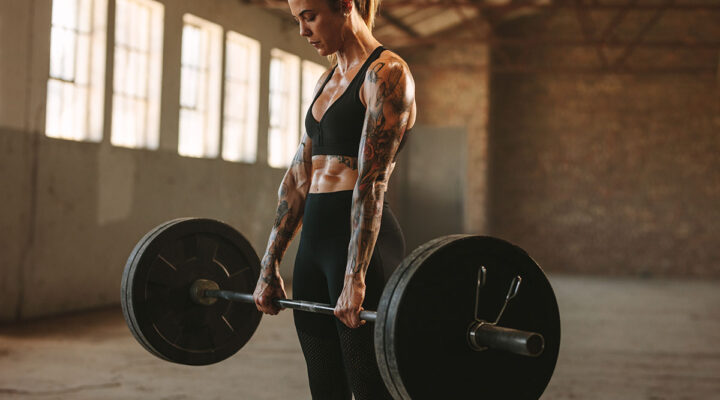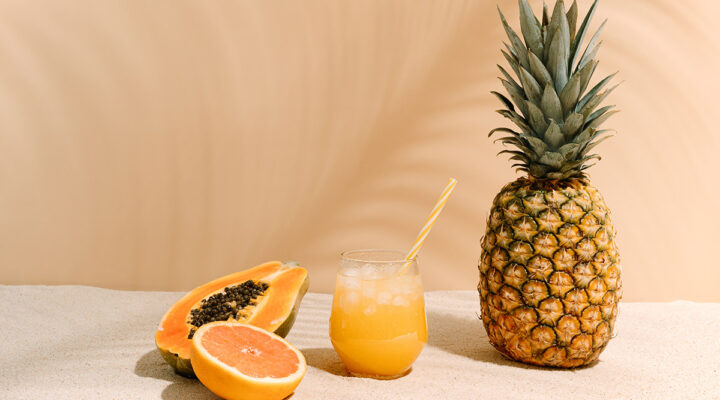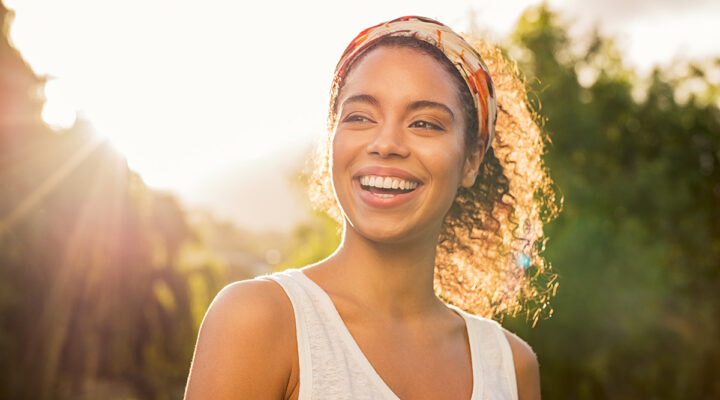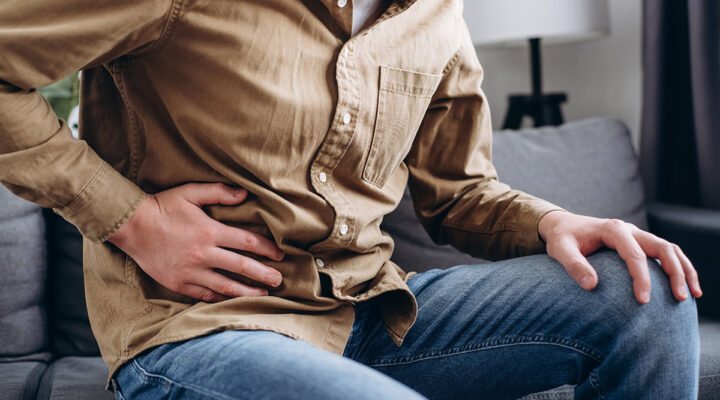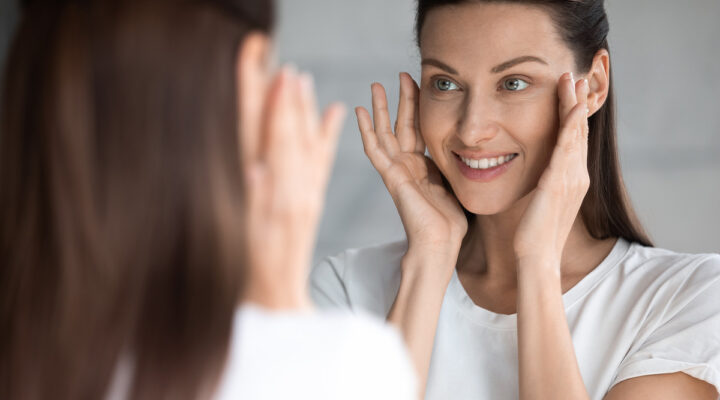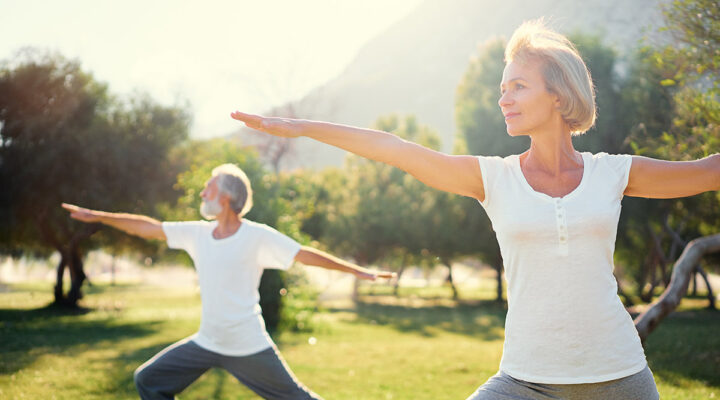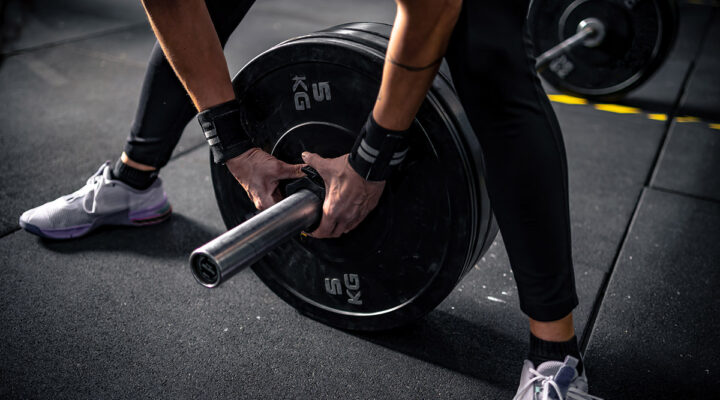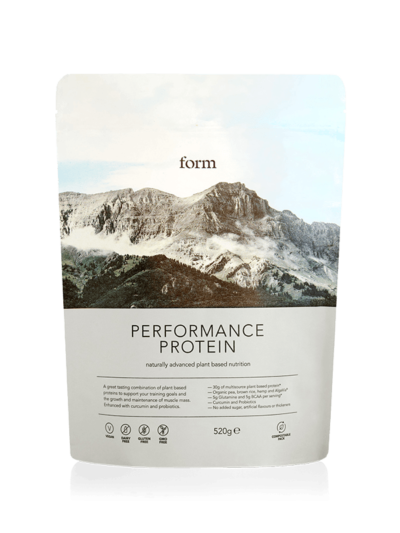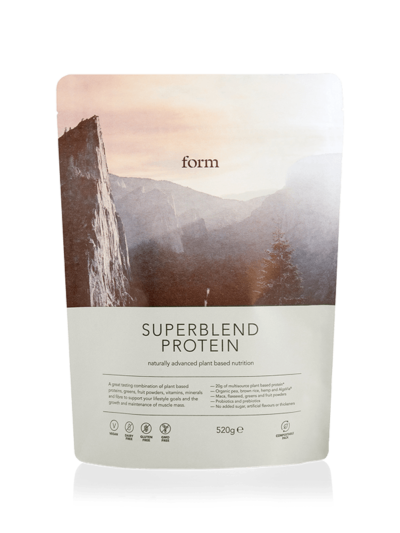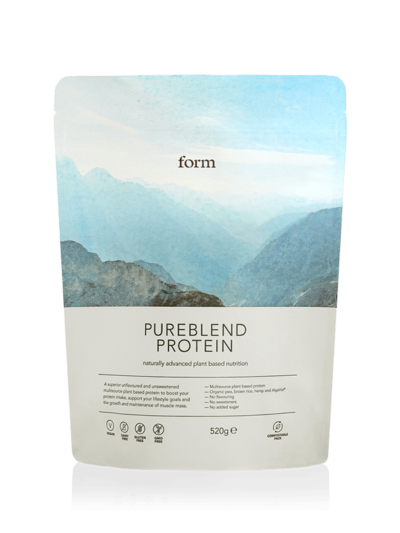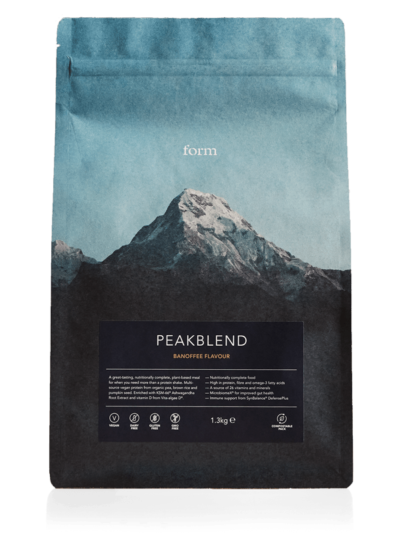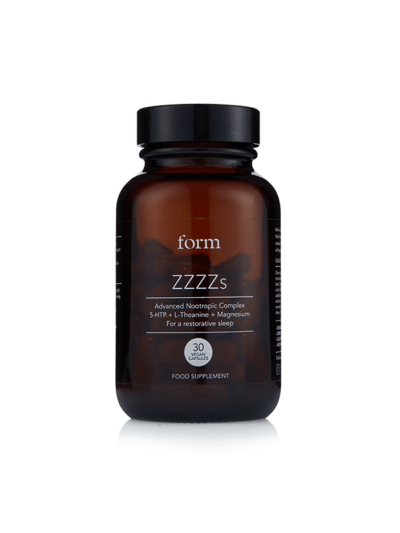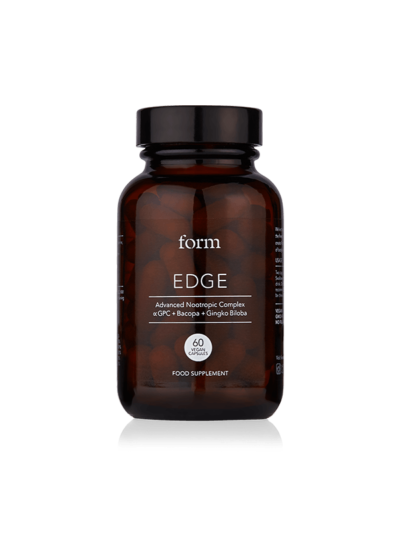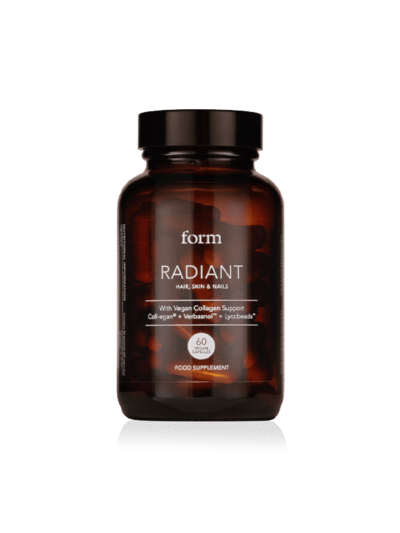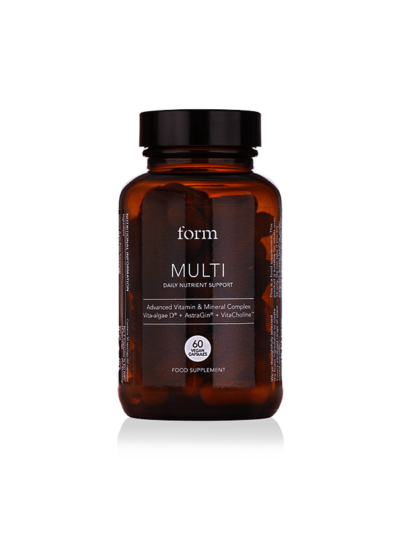A Beginners Guide to Pilates – The Home Workout Favourite Used by Elite Athletes
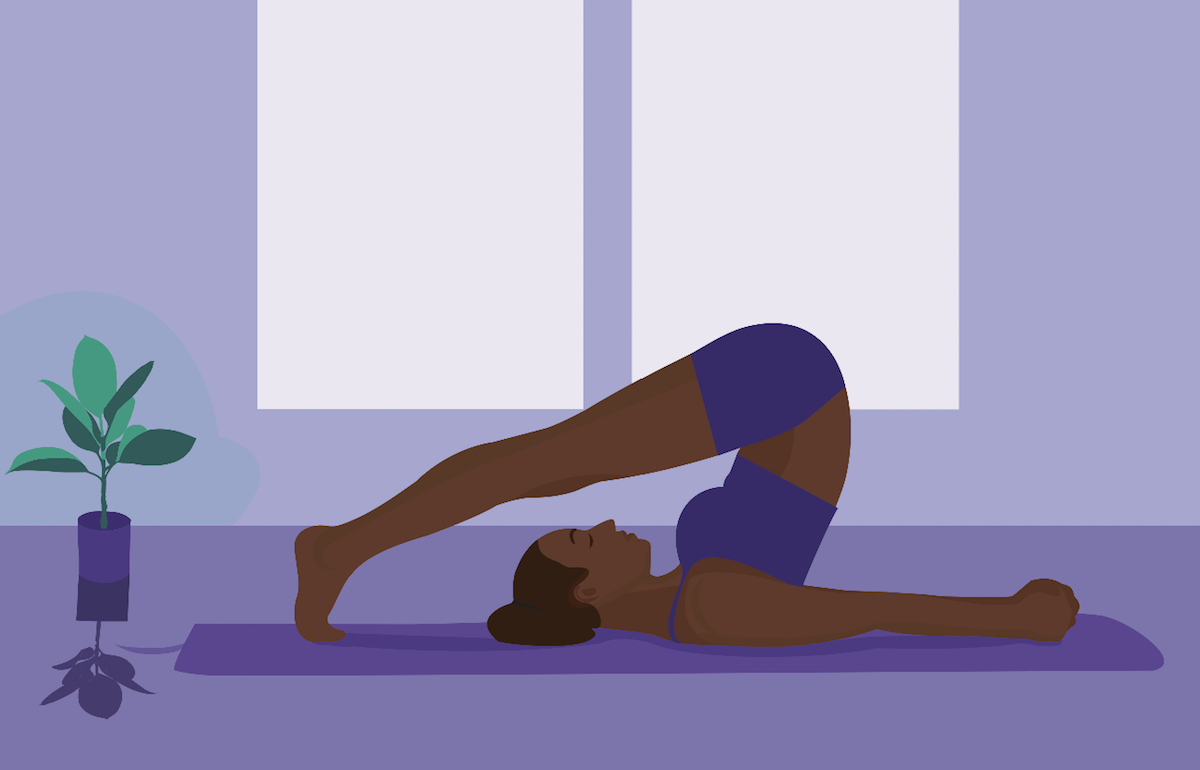
For the uninitiated, pilates might not be an obvious choice on the workout menu. Sure, the benefits of strength training are more immediately visible, while nothing gets the heart pumping like a cardio session that has pushed you to your limits.
But for those who practice pilates on the regular, the home workout favourite is the sturdy foundation on which the temple is built. Just ask world-class athletes LeBron James, Tom Brady and Cristiano Ronaldo, who are all noted fans, inter-weaving the workout into their rigorous training regimes.
“Pilates compliments most forms of exercises,” notes pilates and wellness coach Isa-Welly Locoh-Donou, “as it provides improved posture and a strong core needed in most other forms of exercise”
In the following guide, we’ll explain what pilates actually involves and go deeper into its shopping list of benefits before finishing off with an exclusive home workout for beginners (complete with video) from Isa-Welly herself.
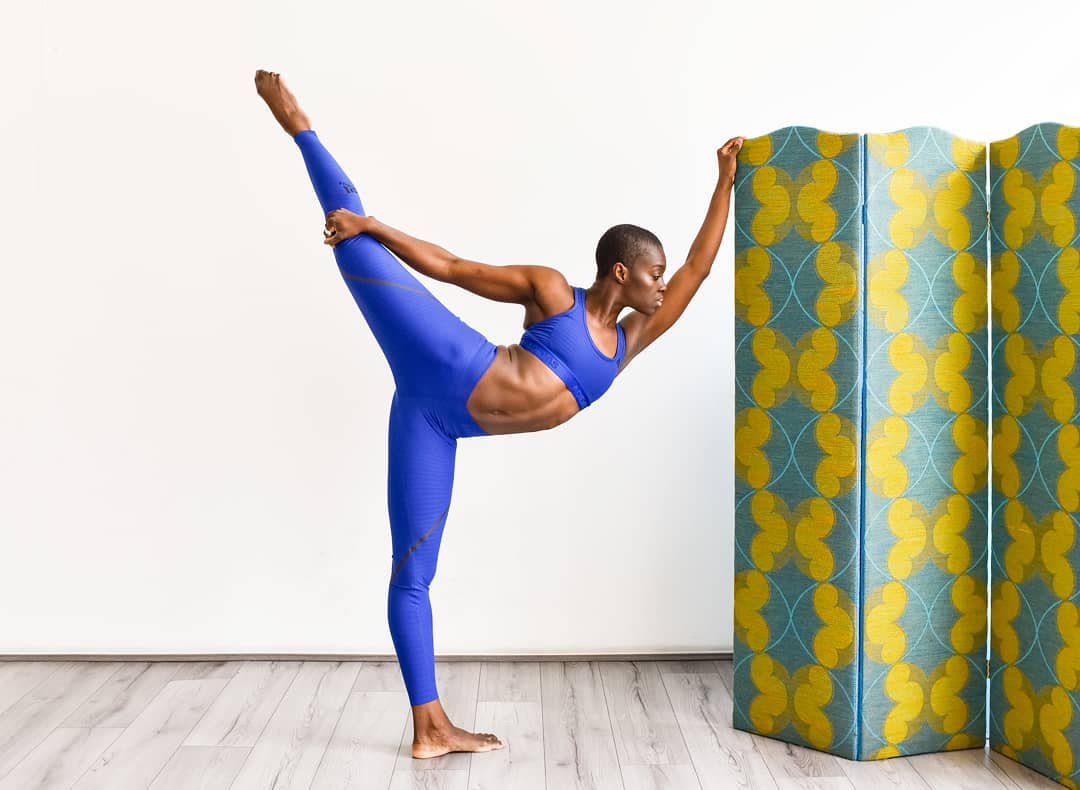
What Is Pilates?
Anyone craving a CR7-pack might be sold already, but before you get carried away, there’s still the rather large detail of what pilates actually entails. Well, put simply, pilates is a series of body movements which concentrate on strengthening the body with an emphasis on core strength.
“A lot of people come to pilates and say they’re not feeling anything,” says Locoh-Donou. “That’s why it’s important to keep resistance and create tension through every movement. You’ve got to use your body weight. You’ve got to do the job. And then you’ll really feel it.”
Pilates was invented in the 1920s by a former gymnast called Joseph Pilates, one of the OG PTs. Having pioneered a ‘body-conditioning’ studio in New York to help people rehabilitating through injuries, Pilates started to put his ideas down on paper and devised more than 500 body-strengthening moves now known as the ‘pilates method’.
And there’s proof in Pilates’ pudding too. A 2014 study published in the scientific journal PLOS One showed practicing pilates significantly lessened chronic pain – an improvement akin to massage therapy. 2018 research went on to show that pilates could also improve the performance of elite runners over 5km distances, and in a 2015 review from the University of Padua, pilates was found to be effective in improving mobility among older adults.
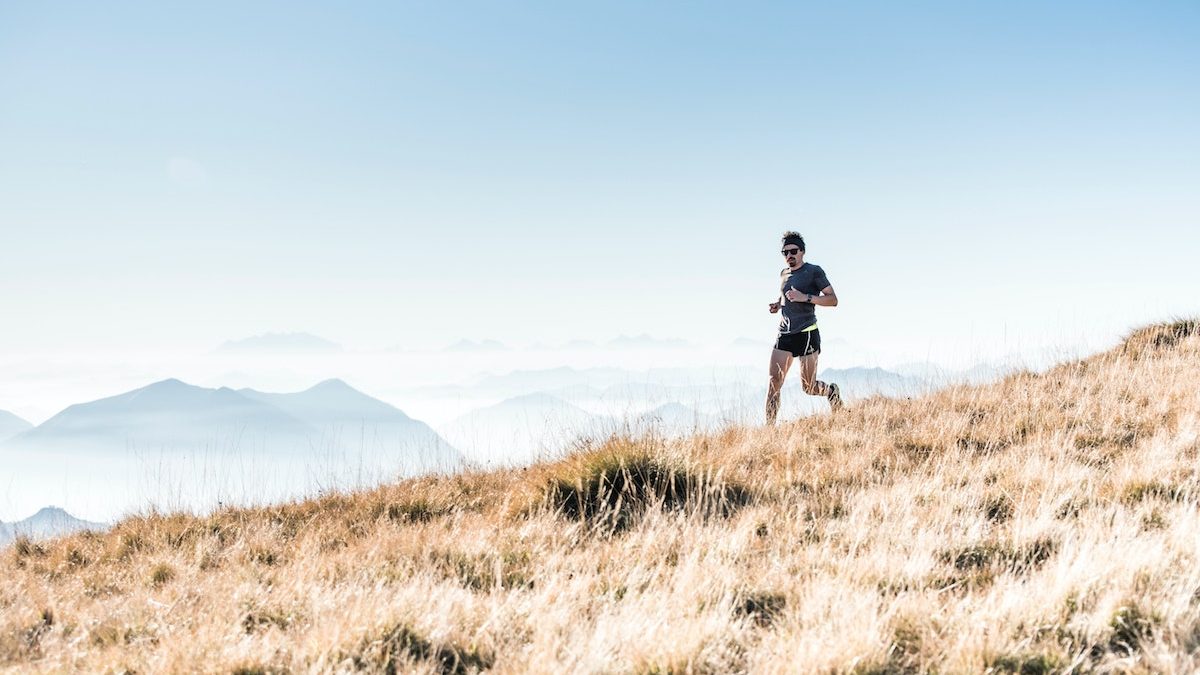
“The benefits of pilates range from increased flexibility to improved posture, a stronger core, less back pain, and lengthened muscles,” explains Locoh-Donou. So, if you’re a regular workout buff, pilates can help you train to the best of your abilities, and keep you training; not stuck in the injury room.
Pilates At Home
“As a beginner, you do not need anything to start pilates at home,” says Locoh-Donou. “Pilates is a great home workout because it’s low impact so no jumping, no noise and no problem with the neighbours. It also doesn’t require a lot of space and it’s a great way to safely wake the body up in the morning.”
While you could simply use a rug or carpet, it would be advised to buy a mat. A pilates mat should be thicker than a yoga mat, as you need a more supportive cushion to deal with the larger volume of exercises on your back and your stomach.
Also consider a (yoga) block, a brick-like cushion made out of cork or foam which will help support you in certain movements. You do not need a block by any means, but if you’re an inflexible beginner who can barely touch their knees, let alone their toes, it can help.
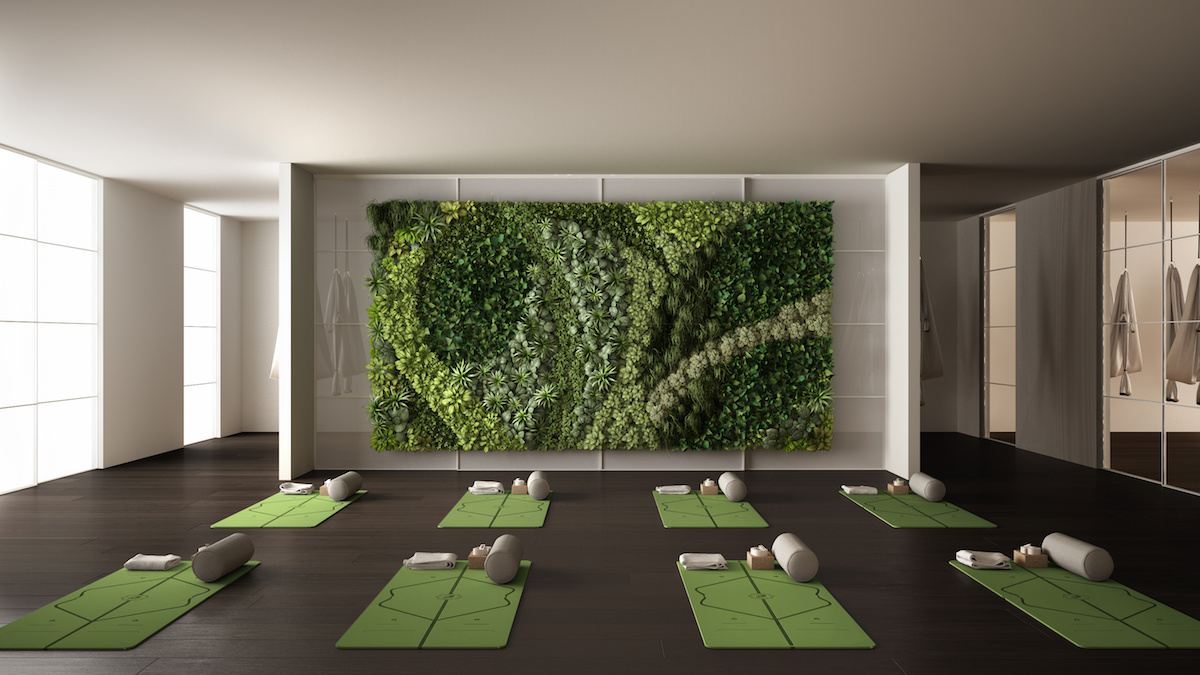
Pilates Vs. Yoga
Pilates and yoga are often mistaken for each other, with similarities that go beyond the use of a mat. Pilates is often referred to as a mind-body exercise just like yoga you see. This is because it combines body movement with mental focus and breath control.
But there are some notable differences between the two exercises. The biggest is the focus on the spiritual side of yoga. Pilates still uses elements of mindfulness, in flow and breath for example, but yoga uses the body to connect with the mind and the inner self.
Generally, yoga is also much more about flexibility and stability while pilates works more on strength and stability. The core is the real name of the game in pilates, while yoga tends to be more about the whole body.
Isa-Welly’s Pilates Workout For Beginners
Half Roll Back
How Many Reps? 10 to 12 rolls.
Technique: Start sat up tall with the knees bent, and your feet flat on the mat, hip-distance apart. Expand your arms in front of you and take a deep breath in through your nose. Roll your hips away from your legs as you do this, tucking the tailbone under and bringing your spine into a big ‘C’ curve. Then exhale forward through your lips, lengthening the spine back into the starting position.
Top Tip: Go slow and focus on keeping the spine long. If you struggle with keeping your spine long then you can sit on a block to help. Don’t lead with the shoulders as you go down either as this will put undue pressure on your back.
Table Top
How Many Reps? Hold this position for 40 – 60 seconds.
Technique: Push your back against the mat leaving no space underneath it. Contract your core and lift your knees up and above the hips. Your thigh should be straight up and your knee bent so your shins are at 90 degrees with your ankle in line with your knee. Hold this position.
Top Tip: This exercise is great for working on your core stability without all the sweat and tears of a plank or sit-ups. Don’t think you’re getting away scot-free though. You should feel your core shaking before long as it works to stabilise your body through the movement.
Toe Taps
How Many Reps? 10 to 12 with each leg.
Technique: Working from the tabletop position, slowly move your right leg down while keeping the knees bent and softly tap the mat with your big toe. Keeping that control, exhale out and lift the leg back into tabletop position. Then repeat the movement with your other leg.
Top Tip: Imagine you have a string attached to your belly button. Lengthen the string to allow your leg to drop down slowly and then pull the string back to pull your leg back up and in. It’s important to maintain resistance through each of these movements.
Bridge
How Many Reps? 10 to 12 times.
Technique: Lie on your back with your knees bent and your feet flat on the floor, approximately hip-distance apart. Roll your hips up very slowly, one vertebra at a time. Inhale into that bridge with your hips and then exhale down, pushing your hips slowly back down to the mat.
Top Tip: Keep the belly button tucked in and your glutes engaged as you come up. Check that your feet are directly underneath your knees as you are in the bridge position. Imagine you are holding a ball in your knees so that they remain perfectly aligned through the movement.
Roll up
How Many Reps? 10 to 12 times.
Technique: Lie down straight on the mat. Tuck your chin to your chest and with your arms out roll your spine up into a seated position. Reach forward further, and stretch out in front of you. Then lengthen the spine and slowly roll back and down.
Top Tip: If you’re struggling to reach forward then bend your knees or put a pillow underneath them.
You can follow Isa-Welly’s online fitness classes including dynamic pilates, hip-hop pilates, barre and afrobeat dance from Monday to Saturday live on ZOOM at www.isawelly.com/online-classes



